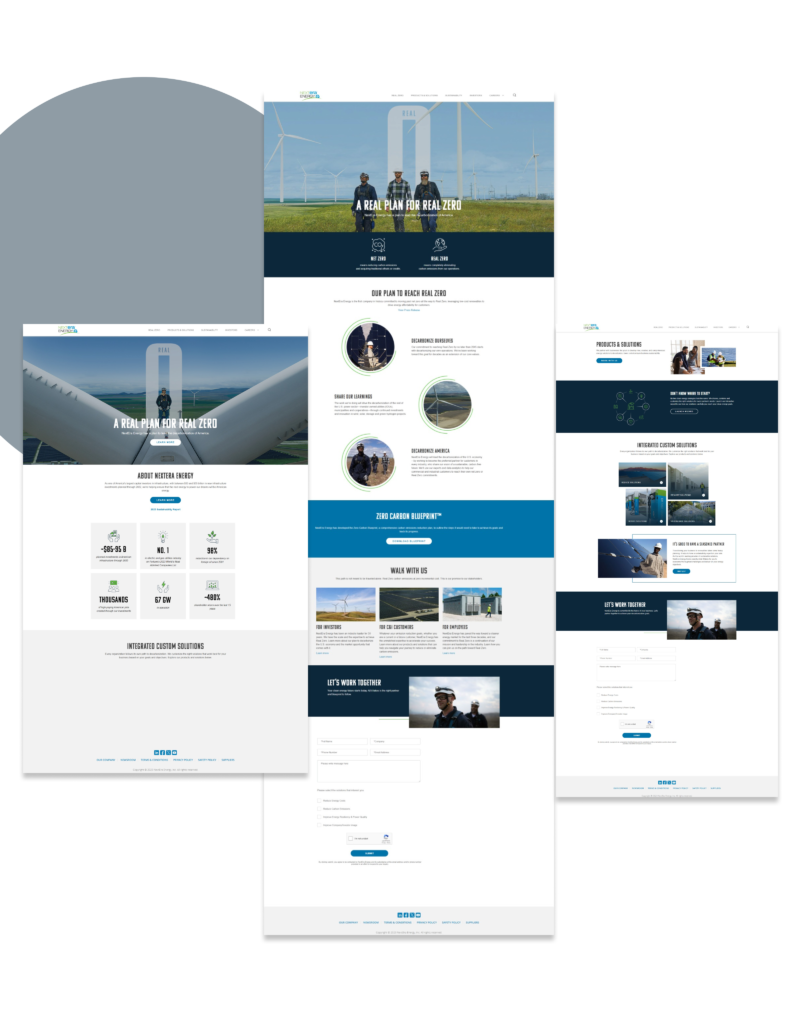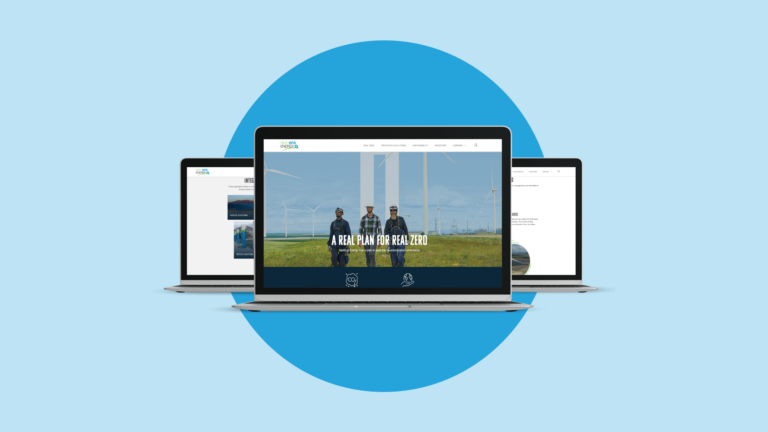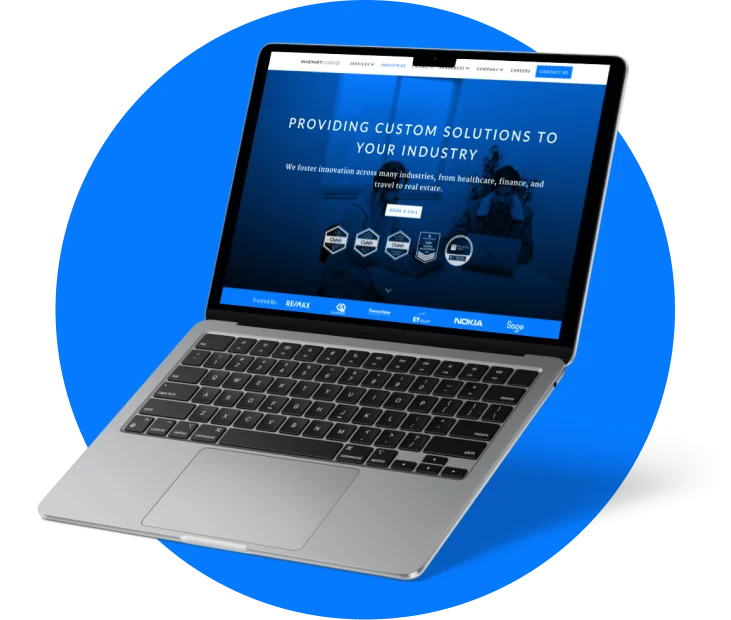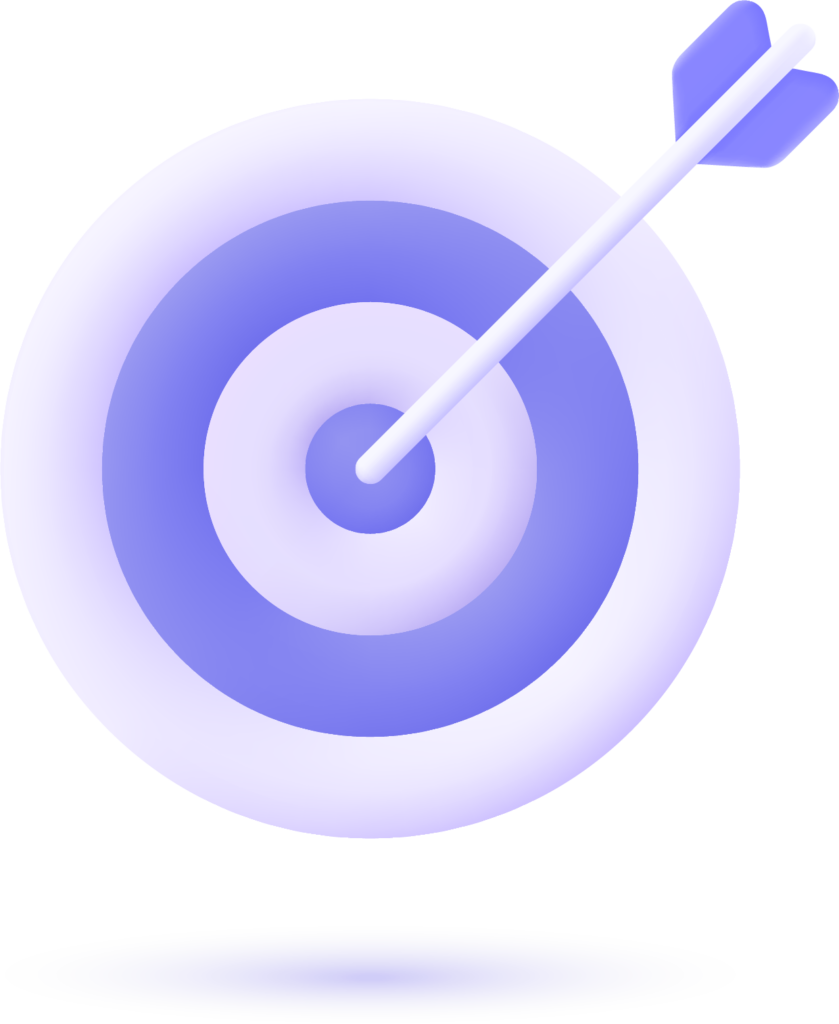NextEra Energy
Becoming market leaders with a robust solution of cast renewable energy

ABOUT THIS PROJECT
NextEra Energy was facing the challenge of managing the overall life cycle of the project. They required custom software to manage and optimize its vast renewable energy projects across North America.
OUR INVOLVEMENT
Design
Development
TECHNOLOGIES USED
Java
PHP
NextEra Energy Resources is the world’s largest producer of wind & solar system
NextEra Energy Resources is a clean energy company that is the world’s largest product of wind and solar energy. They are America’s premier clean energy leader. Their most ambitious target is the Real Zero Blueprint, which any U.S. utility or power generator sets. They help businesses and customers worldwide meet renewable portfolio standards (RPS). They make energy which is sustainable by minimizing carbon emissions.


Spadasoft’s role and involvement in the development of NextEra
NextEra required an efficient software solution for its project development, construction, and operation, so Spadasoft created a robust solution for NextEra. We streamline the entire lifecycle of renewable energy projects, from development & construction to operation.
Our custom software development solution centralized their data, enhanced project management, & optimized efficiency, empowering NextEra to maintain its position as a global leader in clean energy production. We tackled the complex challenges of managing numerous projects efficiently, ensuring that NextEra can continue to drive clean energy innovation.

DURING THE PROJECT
For this revamp, we leveraged our own PDP (Product Design Process). Recognizing the significance of a structured and user-centric approach, we started this project with a clear roadmap in place.
Throughout the process, regular feedback loops and iterations ensured that we stayed aligned and incorporated necessary fixes along the way.
FOUR STAGES
Research
Ideation
Execution
Technical Assessment
First, we gather evidence that will support the decisions taken henceforth, ensuring that no decision is made based on vague assumptions.
This stage consists of 3 steps: a briefing with the project’s vision and goals and business requirements; user research to guarantee product usefulness and effectiveness from the user’s perspective; and a design benchmark to analyze the landscape of similar and complementary products, design patterns and technologies used in the industry.
The Research stage allows us to leverage the knowledge and skills of existing players and ensure features and design differentiation in the market, and ensure costumer fit.
We formulate an approach to the product based on the user’s needs and the business model.
This is the core of the creative process and it is where the concept of the product is formulated based on the user’s needs and the business model (both identified in the Research phase). Here, the UX designer, the product designer, and the product owner work closely together.
This stage consists of 4 steps: mapping out the user journey, by describing each user’s action, with various user scenarios; a decision matrix that helps prioritize the users’ and product’s goals while considering the product life cycle’s current stage; drawing the wireframes, i.e., the pages’ structure and navigation flow to ensure interface usability and reduce design time; and finally, a mood board to ensure that the product’s look and feel conveys the desired user experience and is aligned with the user profile and market strategy.
We bring the concept to life and put it into practice.
In this stage, the product designer focuses on creating a physical representation of the concept that has been defined up to this point.
It consists of 3 steps: a style guide, where we define a graphic interface’s style, considering colour palette, fonts, image style, input fields, buttons, and so on, to ensure consistency throughout the application; a graphic user interface design (GUI) which are the end-looking screens by applying the style guide to the wireframes; and a click-through prototype to facilitate the feedback from stakeholders or potential users and investors.
We guarantee that all requirements and ideas generated are realistic to implement.
In this stage, all the work previously done should be achievable considering the available time and budget previously settled.
It consists of 2 steps: a high-level architecture where we detail how the product will be built, identifying baselines for the needed technologies and skills to make it; and a project plan to define the major milestones and provides a general understanding of the project’s structure, phases, intersections and interdependencies.
TECHNOLOGIES USED
Java
We used Java as it allowed us to create modular software and reusable code for NextEra Energy.
React
Using PHP, we implemented seamless automation and increased the security of their website.

WORKING MODEL AND TEAM
While the initial website revamp brought significant improvements, it’s important to mention that digital landscapes are constantly evolving. The dynamic nature of user preferences, technological advancements, and market trends needs continuous monitoring and adaptation. By consistently analyzing data and gathering user feedback, we ensure that our website remains responsive, engaging, and aligned with the evolving needs of the modern users. This ongoing commitment allows us to deliver an exceptional online experience and stay ahead in a competitive digital world.
KEY RESULTS
This project delivered an in-depth understanding of the customer persona
and their interaction with the service.
+95%
User satisfaction rate
50%
Reduction in manual processes
+2x
increase in data processing speed
